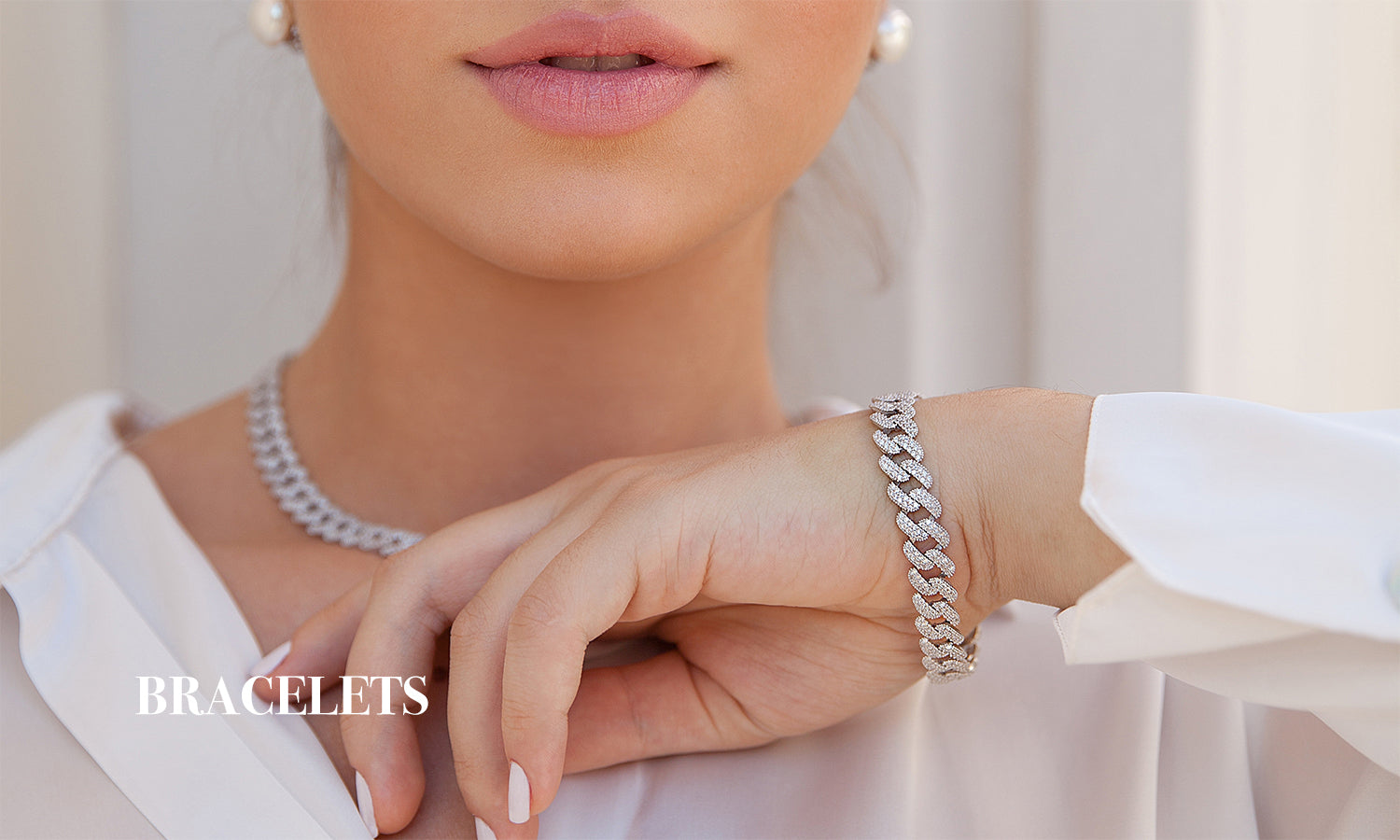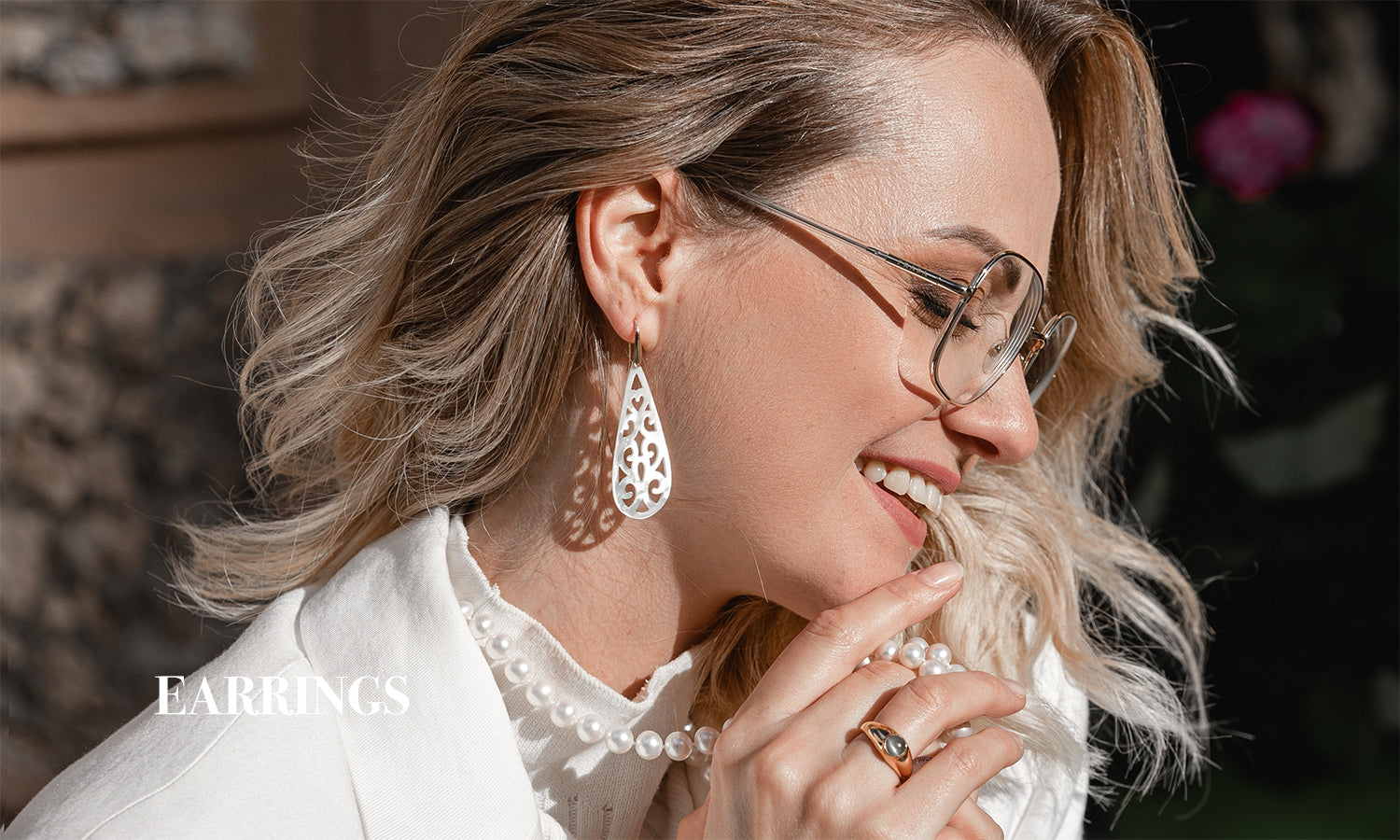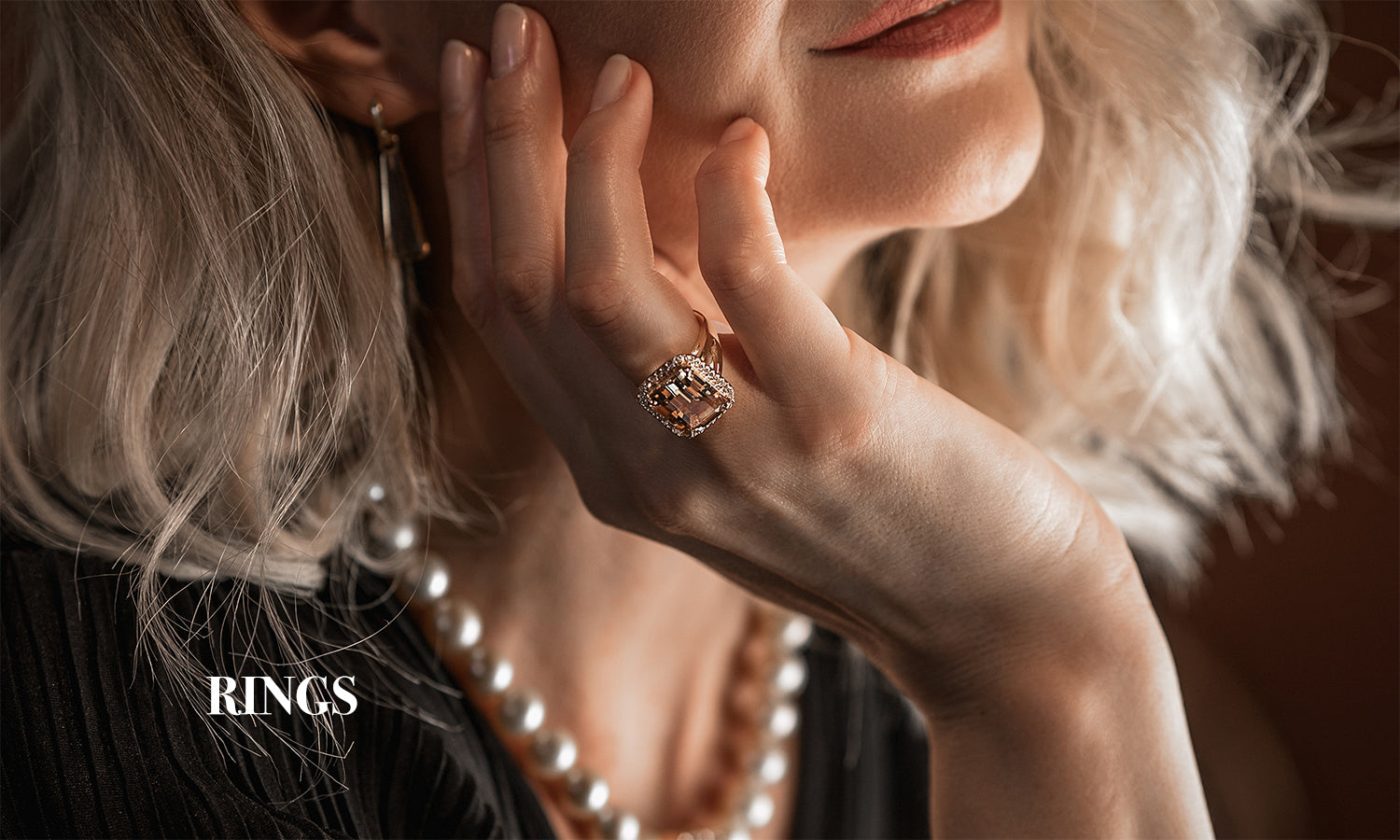Along with ruby, diamond, and sapphire, emerald completes the select category of valuable gemstones. The green glow of the stone has a distinctive look and makes each piece of jewelry unique. But what is the significance of the emerald and which emerald ring will you choose? At Planderful we tell you a little more about it. Don't forget to visit our website, we offer a wide variety of emerald jewelry created in laboratories.
What is an emerald?
This gemstone (similar to aquamarine) is composed of the mineral beryl, and its intense green tone is due to the presence of chromium. Emeralds are transparent, but most show inclusions that give the stone a cloudy appearance. The more vivid is the stone, the higher the price. As with other gemstones, to calculate the price of an emerald, the 4Cs must be taken into account. They can even cost more than diamonds per carat.
The term emerald often refers to an object or region with a predominantly green color. Take, for example, one of the names by which Ireland is known (the Emerald Isle), or the name of the former Dutch East Indies (the Emerald Tropics).

Where can they be found?
Colombia, in South America, is the world's largest producer of emeralds. This precious stone is also found in Southern Africa, India, Pakistan, and Afghanistan.
What is not an emerald?
The term emerald can be misleading. Confusion arises with an emerald cut: a cut of gemstone. The two meanings are different. The terms emerald and emerald cut can differ.
The term emerald cut derives from the emerald because in the old days most stones cut this way were emeralds. A great advantage of the emerald cut is that the shape further enhances the rich color of the gemstones.

What is the history behind the emerald?
Centuries ago, people wore emerald amulets and jewelry, and they were found buried in the pharaoh's burial chambers in ancient Egypt. The first documented emeralds are said to have been mined around 1500 BC.
The oldest emerald mines are found in Egypt, where they were mined by Egyptians, Greeks, Romans, Arabs, and Ottoman Turks. These mines are known as Cleopatra's mines, after the Egyptian queen. In fact, she was very fond of emeralds.
The Incas also appreciated the green color of emeralds and made them into jewelry. When the Spanish conquistadors arrived in South America in the 16th century, they started trading South American emeralds with Europe and Asia. They exchanged the stones for precious metals.


The symbolism and meaning of the emerald
The emerald symbolizes power, immortality, and, with its green hue, eternal youth. Like the ruby, the emerald is also said to be a healing stone. In ancient times, the emerald was attributed to healing powers for skin problems.
The ancient Greeks believed that this green gemstone was linked to truthfulness and eloquence. The Aztecs adorned statues of the gods with emeralds, and in the Middle Ages, they were thought to help you lead a virtuous life.
According to alternative medicine, emeralds will also protect you against memory loss and sharpen your intuition. It is also said to have relaxing properties and soothe tired eyes. However, this has not been scientifically proven.
What is certain is that an emerald ring or an emerald bracelet is a fantastic gift for the 55th wedding anniversary which is also known as the emerald anniversary.
An emerald ring is also an ideal birthday gift for people born in May, the month in which the emerald is the birthstone.


How to take care of an emerald?
-Ultrasonic cleaning is not recommended for emerald jewelry due to inclusions. This type of cleaning removes the oil used to protect the emerald. The best way to clean an emerald pendant is to use a soft microfiber cloth. This will help remove dust and grease from the surface. Then use soap and warm water. Let the jewelry soak for about half an hour and then gently clean it with a soft toothbrush. Once ready, rinse your jewelry with plenty of warm water. Never use chemical products.
-Be sure to remove your emerald jewelry before swimming. Salt water and chlorine can damage your jewelry.
-The value of an emerald
-As with other colored gemstones, the emerald is cut to enhance as much as possible the color of the stone. With blue sapphire the color is ideally as dark as possible; on the contrary, an emerald should be as clear and transparent as possible.
Emeralds created in laboratories
More and more people are concerned about the impact on the environment and seek in one way or another to reduce their carbon footprint on the planet. That is why lab-created gems have become increasingly popular in recent years.
The first thing to know is that a lab-created emerald is a real emerald. Thanks to advances in technology, it has been possible to make gemstones sustainable and join this transition, so lab-created or cultured emeralds are chemically and aesthetically identical to those found at the bottom of the earth.
The difference between emeralds and gems created with those from mine or earth is that they are 100% Conflict-Free & Ecofriendly, free of environmental and social impact. So without a doubt, they are an ethical and sustainable alternative. In addition, created emeralds have the same chemical, physical and optical properties as natural emeralds. Another advantage is that they are more affordable, as they are created in a laboratory.
This does not mean that their quality is lower; they even have certificates of authenticity just like a natural emerald. Created emeralds, unlike mined ones, have fewer filled fractures, which makes them more durable and brilliant. They also contain fewer inclusions, since they have a constant and controlled process of mineral application, heat, and pressure in the laboratory.


Now that you know a little more about the created emeralds, we are sure you will be able to include them in your wish list. Visit our website to discover other lab created gems that may interest you.





